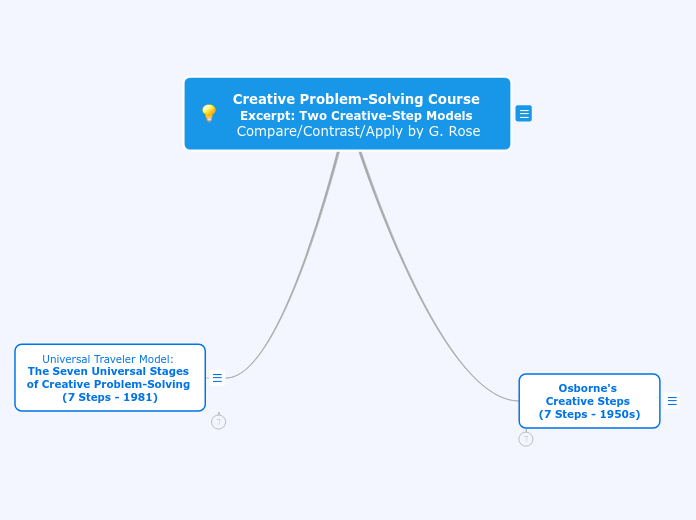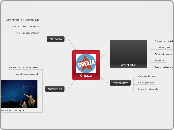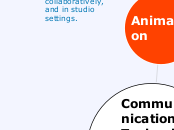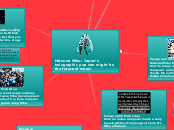Creative Problem-Solving Course
Excerpt: Two Creative-Step Models
Compare/Contrast/Apply by G. Rose
Creative Problem-Solving Course
by Dr. Greg Rose © 2023
Course Excerpt -
Applying the Two Models of Steps in the Creative Process.
There is no optimal way to be creative, but several groups have attempted to model the creative process. Illustrated here are two of those models.
Reflect -
Q: How can you apply these models to your creative processes?
Q: Should you apply these models to your creative processes?
References:
Directed Creativity Cycle
Paul E. Plsek & Associates, Inc, 1997, Paul E. Plsek & Associates
Models for the Creative Process
Versions of CPS, Scott G. Isaksen, 2000, The Creative Problem-Solving Group.
© 2003 Lindsay D. Grace
Universal Traveler Model:
The Seven Universal Stages of Creative Problem-Solving (7 Steps - 1981)
Universal Traveler Model:
The Seven Universal Stages of Creative Problem-Solving
In 1981, a Kohberg and Bagnall introduced a model that has remained popular.
Creative Problem-Solving Course
by Dr. Greg Rose © 2023
7. Evaluate:
Review and plan again
6. Implement:
Give form to the idea
5. Select:
Choose among options
4. Ideate:
Generate options
3. Define:
Identify the key issues and goals
2. Analyze:
Research the problem
1. Accept the situation:
As a challenge
Osborne's
Creative Steps
(7 Steps - 1950s)
Osborne's Creative Steps
Alex Osborne wrote How To Become More Creative and Applied Imagination in the 1950s. These works created the foundation for modern brainstorming.
Creative Problem-Solving Course
by Dr. Greg Rose © 2023
7. Evaluation: Judging the results
6. Synthesis:
Create from gathered pieces
5. Incubation:
Evaluate ideas
4. Ideation:
Stock pile alternatives (brainstorm)
3. Analysis: Breaking down problem
2. Preparation:
Gather data
1. Orientation:
Point out the problem









